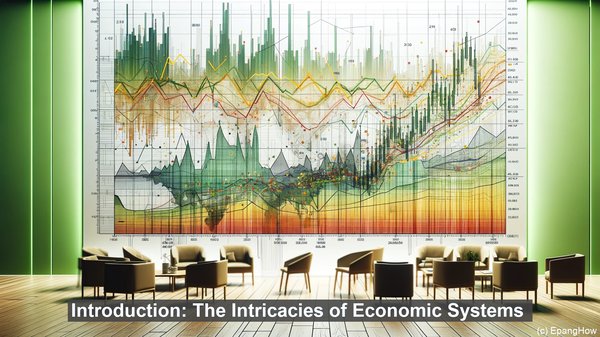Introduction: The Intricacies of Economic Systems
Hello everyone, and welcome to our article on the difference between dual economy and single economy. Economic systems are complex, and they play a pivotal role in shaping a nation’s progress. Today, we’ll delve into the nuances of these two distinct models.
Defining the Single Economy
The single economy, also known as a homogeneous economy, is characterized by a uniform structure. In this system, all economic activities are governed by a central authority or market mechanism. Resources are allocated based on demand and supply dynamics, and decisions are made at a macro level. This model is often associated with planned economies, where the government plays a significant role in resource distribution.
Exploring the Dual Economy
On the other hand, a dual economy is marked by a stark divide. It consists of two distinct sectors: the formal and informal. The formal sector encompasses organized industries, businesses, and institutions. It adheres to regulations, pays taxes, and operates within a structured framework. In contrast, the informal sector is characterized by unregulated activities, often carried out by individuals or small groups. This sector is known for its flexibility and adaptability.

Key Differences: Dual vs. Single Economy
One of the primary distinctions between these two models lies in their structure. While the single economy is uniform, the dual economy is heterogeneous, with each sector having its own dynamics. Additionally, the resource allocation mechanisms differ. In a single economy, it’s often driven by market forces, whereas in a dual economy, factors like social considerations and government interventions come into play. The level of regulation also varies significantly, with the single economy being more centralized and controlled.

Implications and Challenges
Both models have their advantages and challenges. The single economy, with its centralized approach, can ensure stability and uniformity. However, it may lack the flexibility and innovation potential of a dual economy. On the other hand, a dual economy, with its diverse sectors, can foster entrepreneurship and creativity. However, the informal sector may face issues like lack of social security and limited access to resources. Balancing the growth of both sectors is a key challenge for policymakers.
